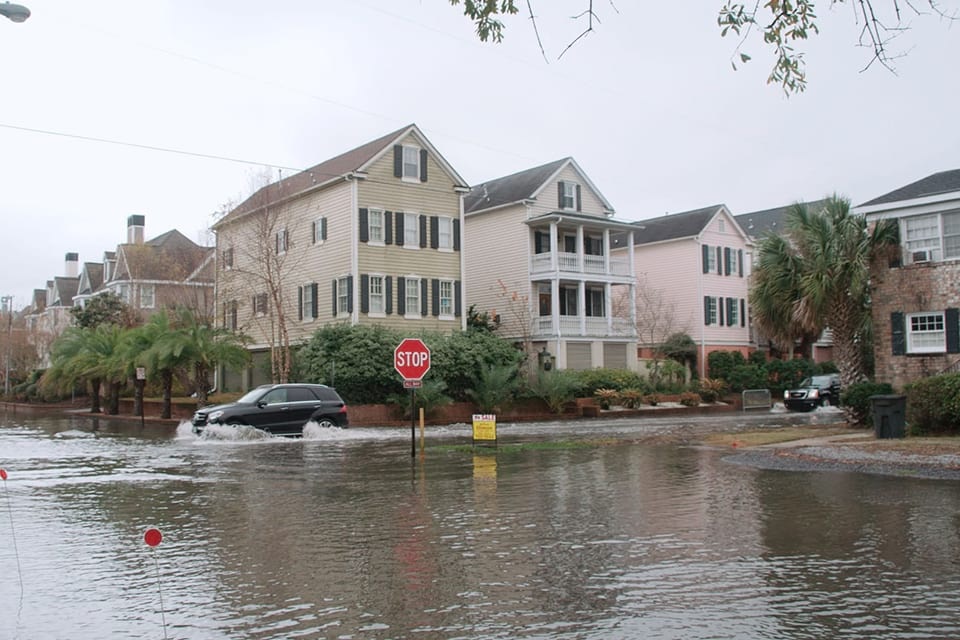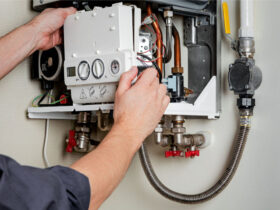Water, essential for life, can also bring about destruction when it inundates our homes and businesses. Water damage is a serious risk to people’s safety and property, whether it results from a burst pipe, excessive rains, or natural disasters like hurricanes and floods. In the face of such challenges, effective management of water damage and restoration efforts becomes paramount. With a focus on mitigation, restoration methods, and preventive measures, this article explores the key aspects of handling water damage and the ensuing restoration process.
The Impact Of Water Damage
Water damage can take many different forms, ranging from health risks like mold development and tainted water to structural problems like weakened foundations and unstable walls. Recognizing the scope of damage is crucial in devising an effective restoration plan. Moreover, the speed of response plays a pivotal role; swift action can mitigate further damage and reduce restoration costs.
Mitigation Strategies: Act Fast, Act Smart
The first step in managing water damage is mitigation. This involves taking immediate action to minimize the impact of water intrusion. Key mitigation strategies include:
- Water Extraction: Removing standing water is the priority. Utilizing pumps, wet/dry vacuums, and other specialized equipment, professionals extract water swiftly to prevent saturation of building materials and mitigate the risk of mold growth.
- Drying And Dehumidification: The afflicted area must be thoroughly dried once any extra water has been removed. Industrial-grade air movers and dehumidifiers facilitate rapid drying, preventing moisture from lingering and causing further damage.
- Salvaging And Restoration: Salvaging water-damaged belongings and structural elements is the next step. Advanced techniques are used by professional restoration services to clean, sanitize, and restore objects damaged by water damage, preserving what can be preserved and securely discarding irreparable items.
Restoration Techniques: Restoring What Was Lost
After mitigating immediate damage, the restoration process begins. Restoration efforts focus on restoring the property to its pre-damage condition, addressing structural issues, and ensuring a safe and habitable environment. Key restoration techniques include:
- Structural Repairs: Water damage can jeopardize a building’s structural stability. Experts in restoration evaluate the degree of structural damage and make the required repairs to strengthen sections that are weak and regain stability.
- Mold Remediation: Mold thrives in damp environments and can proliferate rapidly after water damage. Mold remediation involves identifying and eliminating mold growth, often requiring specialized equipment and expertise to ensure thorough removal and prevent recurrence.
- Interior Renovation: Water damage often necessitates interior renovation, including replacing damaged drywall, flooring, and insulation. Restoration experts work diligently to restore the aesthetic appeal of the property while prioritizing functionality and safety.
Preventive Measures: Safeguarding Against Future Damage
While managing water damage is critical, preventing it in the first place is even more desirable. Preventive actions can reduce the likelihood of water damage and the amount of severe repair work that will be required. Key preventive measures include:
- Regular Maintenance: Routine inspections of plumbing systems, roofing, and foundation can identify potential issues before they escalate into water damage emergencies. Addressing minor leaks and structural weaknesses promptly can prevent larger problems down the line.
- Weatherproofing: During intense downpours and storms, water entry can be avoided by caulking windows, doors, and other apertures. Additionally, proper grading and drainage around the property can divert water away from the building, reducing the risk of flooding.
- Sump Pump Installation: Sump pumps work well to prevent flooding in crawl spaces and basements by draining surplus water during periods of high precipitation or rising groundwater levels.
Conclusion
Water damage poses significant challenges to property owners, requiring prompt and effective management to minimize its impact. By understanding the nature of water damage, implementing mitigation strategies, employing restoration techniques, and embracing preventive measures, individuals and communities can effectively navigate the rising tides of water damage, safeguarding their properties and ensuring a swift and successful recovery process.





